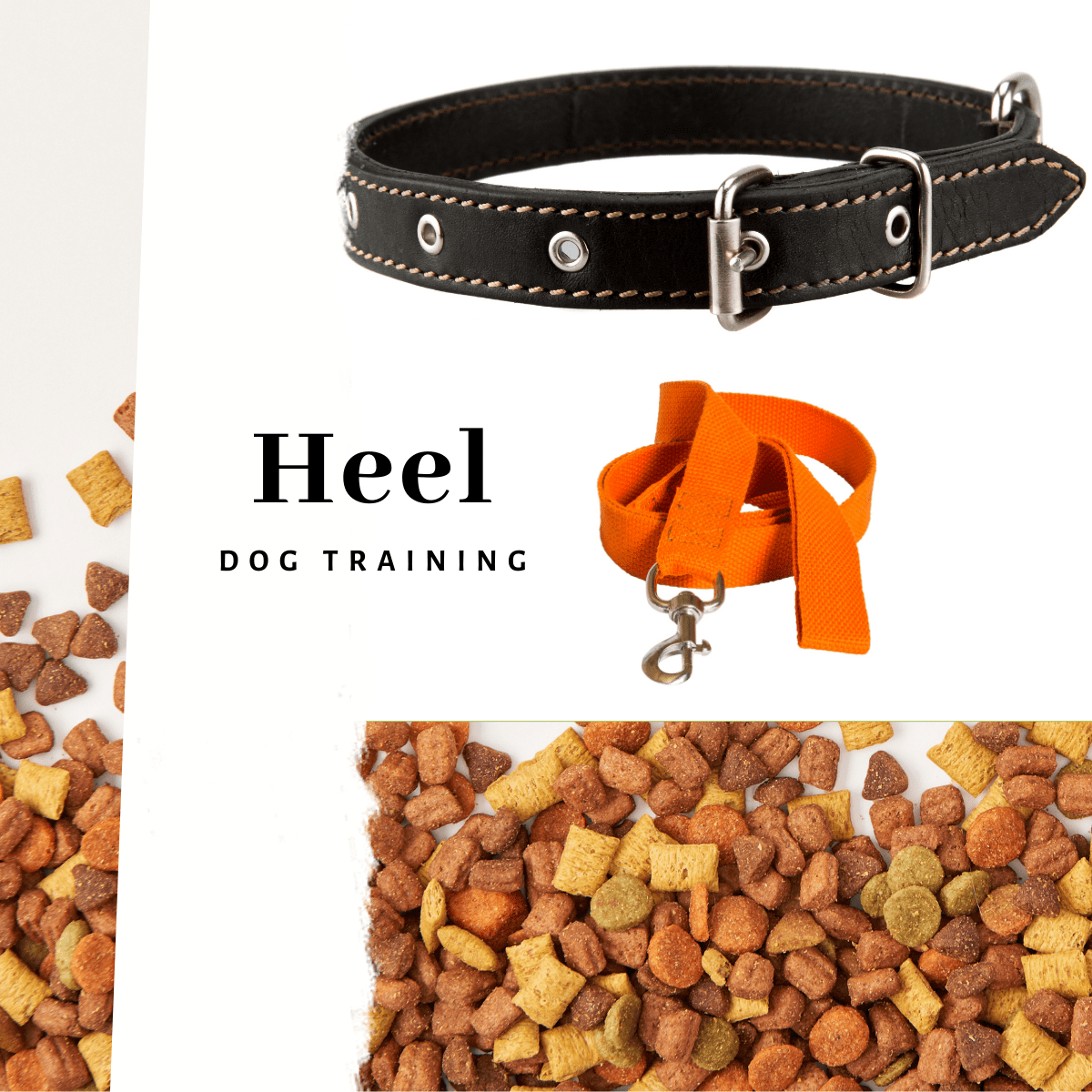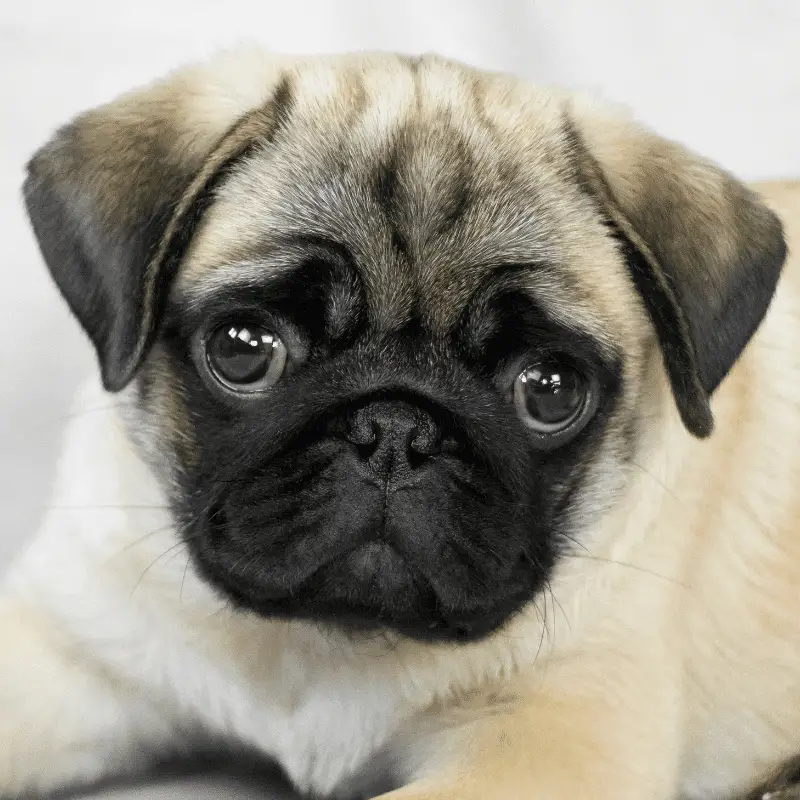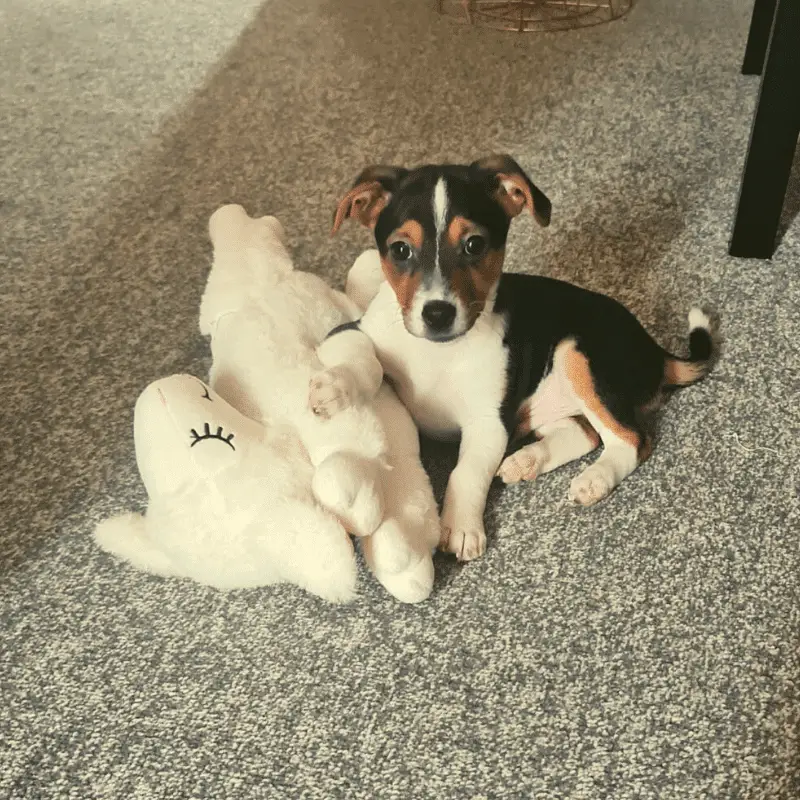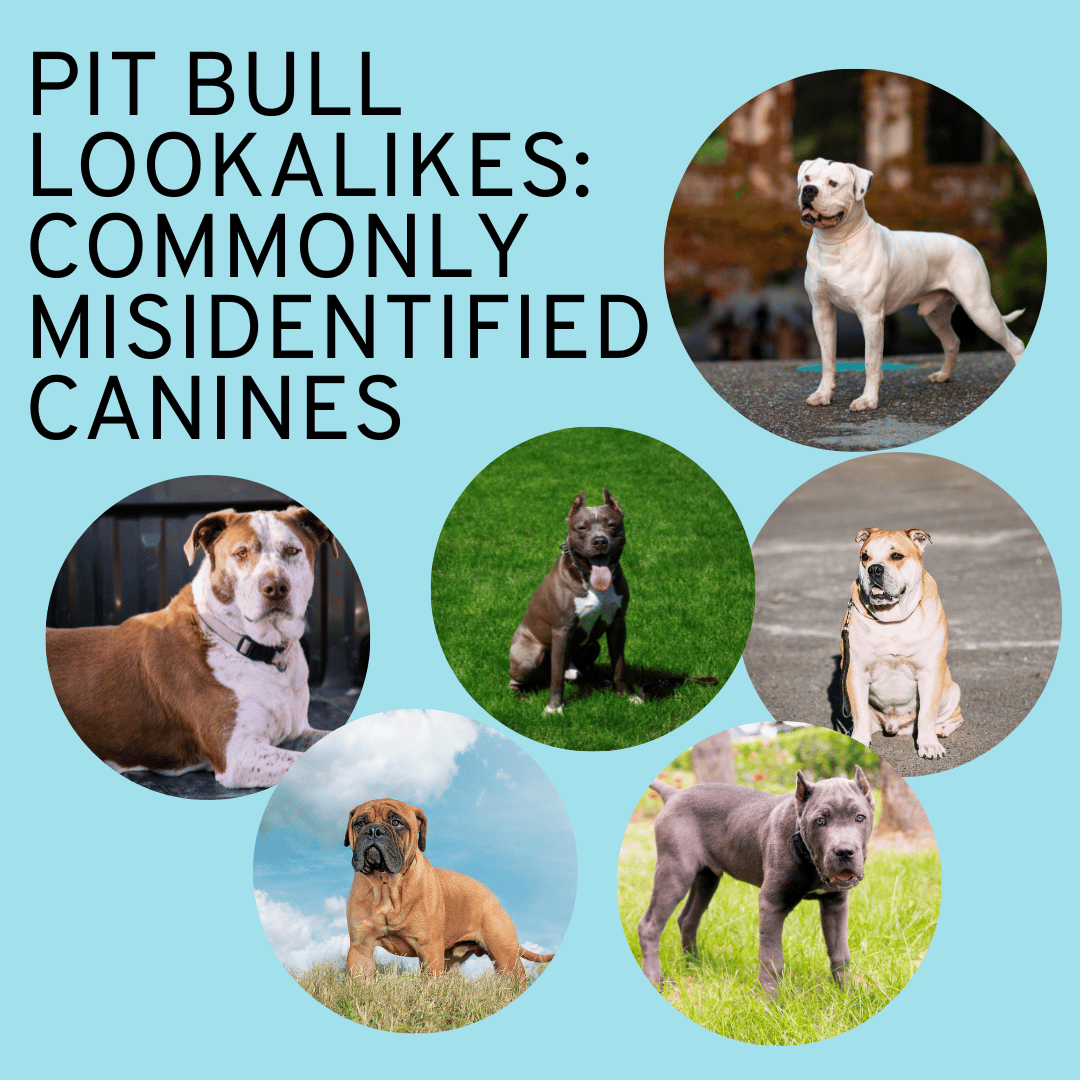So, you’ve got a cute new family member? I bet you have quickly discovered that they have needle-sharp teeth, and they bite!
Firstly let’s start by saying it’s normal for a puppy to bite. It’s their way of discovering new things, learning boundaries and investigating objects. It’s all part of their growing-up process as a puppy.
They spend a lot of time playing and chewing objects. However, when puppies play with people, they often bite, chew and mouth on people’s hands, limbs and clothing. This kind of behaviour to them is fun, and their way of playing and investigating. Although to us, biting is a way to hurt each other. A puppy or dog who hasn’t learnt bite inhibition means that they don’t recognise the sensitivity of human skin, so he bites too hard whilst in play.
When a puppy bites you, it doesn’t hurt, but to a small child, or an older person, it could do some damage because, after all, their teeth are razor-sharp. Just like you have discovered, or you wouldn’t be reading this.
These techniques below will help you set the boundaries whilst they are young. They need clear leadership from their owners, just like we would from our parents. How you respond now to puppy biting will shape them for their future.
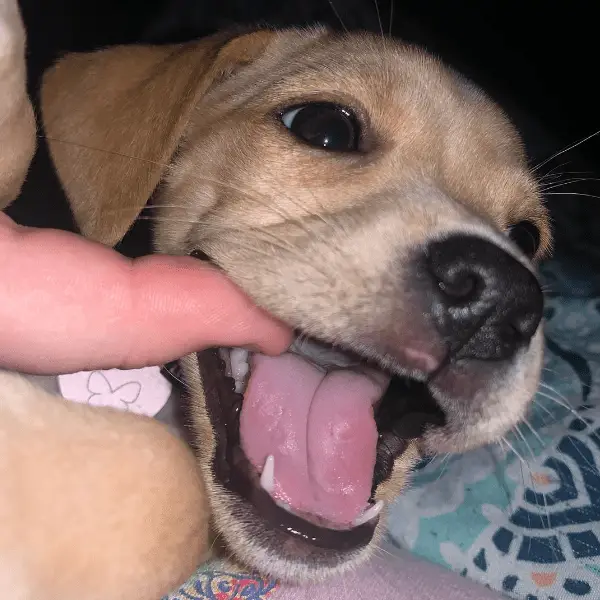
Why are puppy’s teeth razor-sharp?
Puppies enter this world without any teeth like us humans. They begin to get the razor-sharp teeth from three weeks onwards and have a full set by six weeks. They are also known as “needle teeth”. There are two possible reasons why they are so sharp.
- Dogs are carnivores and need teeth when trying their first meat samples. A Puppy’s bite isn’t as strong as an adult dog’s bite, so having razor-sharp teeth plays a vital role instead whilst eating.
- The other possibility is weaning off their mother’s milk and helping in the period to aid puppies to understand the biting boundaries of “Bite inhibition” to moderate their bite.
Why do Puppies bite us?
Unlike us humans, we consider biting to harm someone. It’s entirely different for puppies when growing up. It’s all fun and games to them whilst they learn through their mouths. They are just learning their boundaries. Dogs also bite out to hurt if threatened, but this is an altogether different type of bite subject. Most importantly, they need to stop biting you and your clothing, and there are a few techniques I can teach you to accomplish this. The end game is for you to control your puppy from doing it.
The most crucial matter is to teach your puppy that people have sensitive skin, and you want to teach your puppy to play gently rather than not at all.
Training Techniques On How To Stop A Puppy From Biting
The Bite Inhibition Technique
Bite inhibition means your dog’s ability to control the force of his mouthing. Sometimes referred to as a soft mouth, it is a behaviour in carnivorans where your dog learns their bite strength boundaries and what does and doesn’t hurt their playmate. When you bring your puppy home, they are generally eight weeks old and still in the process of training and learning. Puppies will learn bite inhibition during play with other puppies before they leave the family home. If you have watched puppies play, you will notice now, and then the victim of the forceful bite will yelp out. This then usually stops the play. A moment later, they are back to being best friends again and playfighting but with a new sense of the bite strength. A puppy can also learn bite inhibition from you.
How To Do The Bite Inhibition Technique
Whilst playing with your puppy let his mouth on your hands, keep playing with them until the bite strengthens, and give a loud ouch when it does. Let your hand go limp; this is very important. The technique is much more effective in letting your hands go limp, so they aren’t much fun to play with. Usually, your puppy should understand that they have hurt you and back away momentarily. Your puppy will then resume playtime again, knowing that the strength of the bite they gave you was too hard. You may need to repeat this over and over. Your patience will play a vital role. If your puppy licks you throughout the process, make sure you praise them using simple words, “good boy” or “good girl”, which is perfect. If, after 3 to 5 attempts, it fails, and your puppy is still biting too hard. It’s time for a time out and to end the playtime. With this bite inhibition training, the aim is that your dog can play with you and others whilst controlling the pressure in which he bites.
The Toy Or Chew Bone Technique
The simple toy or chew bone technique distracts your puppy from nipping your hands or toes using a toy or a chew bone for a diversion. This ideal technique works perfectly if your puppy tends to pull on loose clothing or even hair.
How To Do The Toy Or Chew Technique
You need to substitute a toy or chew bone when your puppy tries to bite on your fingers and toes. Like us, dogs also go through a teething stage, and when they are mouthing, they need to chew. So by redirecting your puppy to a toy or chew each time, he will start to seek this out and look for a toy when your puppy feels like mouthing.
Finding it hard to move without your dog pulling on your trouser bottoms? The technique also works very well in this situation. Just include a stop and pause to the method. Stop, pause, distract and slowly move on. Eventually, you won’t need to distract your puppy since they aren’t getting much of a response from you, and finally, you will be able to walk freely about the house.
Make sure you have a good selection of toys on hand.
The High-Pitched Yelp Technique
The ultimate yelp is relatively similar to the bite inhibition but much firmer and with a timeout period each time. You should see results much quicker. This technique best suits more giant dog breeds, young adults or if you want to abolish any form of biting.
How To Do The High-Pitched Yelp Technique
For this to work, you need to be firm but fair. The minute your puppy bites you, give a very loud, high-pitched yelp. You then walk away. If your puppy is on your lap, place them gently on the floor, don’t be angry because your yelping is the correction. Walk away for one minute or leave the room even better. Just make sure that the place is puppy-proof. If you can’t leave the room, stand up and keep turning your back to your puppy. This will also work if you have an area to tie him by a leash. Remember only for one minute, no more, no less. Make sure you stick with the process to avoid any confusion. Your puppy will soon learn that if he bites you, regardless if it’s soft or not, they won’t get to spend any time with you.
Be patient but firm!
When To Use The Ultimate High-Pitched Yelp Technique
Use the ultimate high pitch when you do not want even the softest biting. Well suited to larger dog breeds and young adults. When all else fails, yelp!
Your dog mouthing is normal behaviour, be patient and understanding!
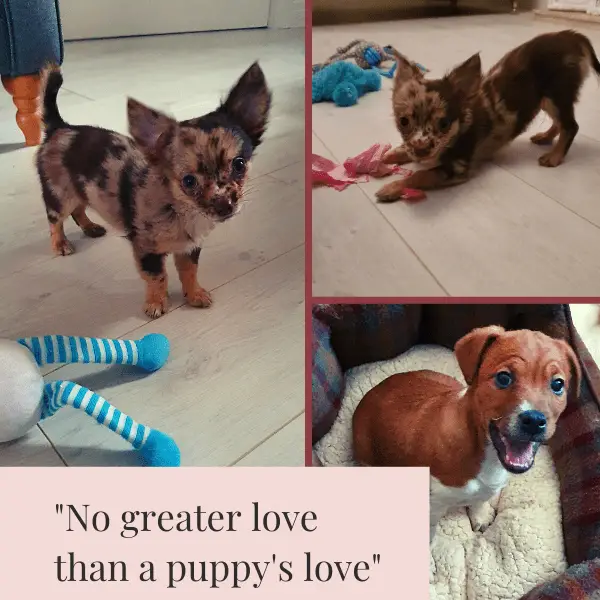
Help
- Don’t avoid playing with your puppy altogether. They need playtime and interaction with you.
- Don’t wind your puppy up; mostly play slapping the sides of his face; this will encourage him to bite at your hands, and all your hard work would be for nothing.
- If you get angry with your puppy, stay as calm and patient as possible.
- Avoid hitting puppies for playful mouthing can cause them to bite harder and encourage more problems for you.
- Tapping your puppy on the nose doesn’t work and will encourage adverse reactions.
When Not To Use The Techniques
Temper Tantrums
Just like children, puppies have temper tantrums. They can be hard to spot in your puppy. The telltale signs are firm or frozen bodies. Exposing their teeth is a clear indication that they are having a tantrum. If you notice this, do not yelp, as this is much more serious than their usual mouthing. Instead, hold your puppy firm but not too firm. Keep calm and unemotional and wait for it to pass. It should only be around 30 seconds. Then release them and give them some space. It is sporadic for a puppy to get aggressive, but many factors can be involved as to why they are fierce. Seek further help if you are concerned about your puppy’s behaviour. They should be assessed by a professional so that they can guide you through an effective treatment plan for them.
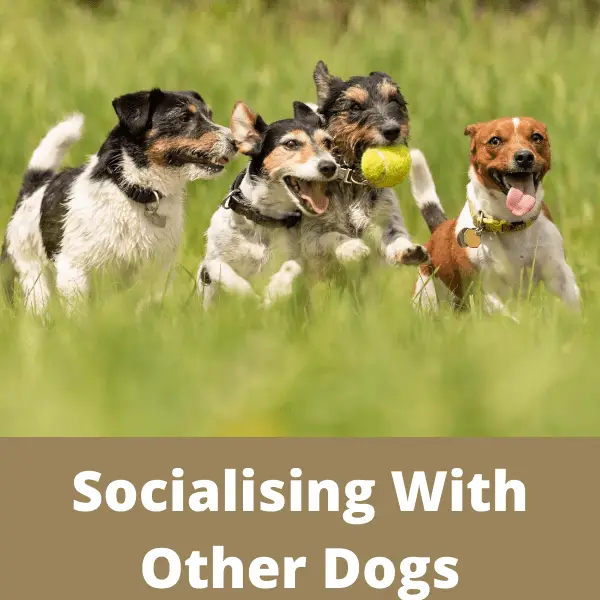
Playing And Socialising With Other Dogs Is A Must!
Playing and socialising with other dogs is also vital for your puppy’s development. It helps expel energy, and the dog will feel less motivated to play roughly with you. There are plenty of local groups for puppies to attend meet-up sessions in your area.
The video below is a good watch. It does change the way you think about puppy biting training, and their technique is using and holding a collar.
Conclusion
Love your puppy, enjoy their company, give them plenty of kisses and cuddles, and reward them at the right time. Be kind and calm and have the patience of a saint. Check this article for signs that your dog loves you back. Remember to provide a selection of exciting toys.
With the help of these three simple techniques, you can stop your puppy from biting you and anyone else they come into contact with!
I hope you have learnt how to get a puppy to stop biting, and any success stories are welcome.
Recommended Read: How To Calm A Lively Puppy?
Good luck!


